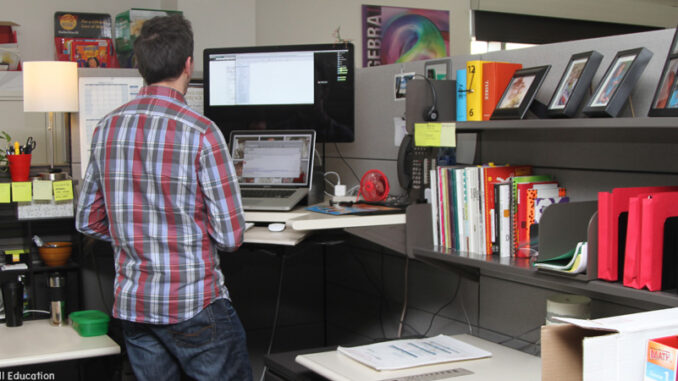
One World Trade Center Preview
It’s being called a “marvel of persistence” and a “miracle of logistics.” After more than a decade of planning and tens of thousands of man-hours invested, One World Trade Center is set to open later this year. At 1,776 feet and 104 stories, the structure sits on 16 acres and will house 55,000 square feet or retail space. It will become the fourth tallest building in the world (behind the Buri Khalifa in Dubai, UAE; Shanghai Tower in Shanghai, China; and the Makkah Royal Tower Hotel in Mecca, Saudi Arabia).
 Ten Tallest Buildings in the World Completed 2018
Ten Tallest Buildings in the World Completed 2018
Proposals for a structure to replace Twin Towers began shortly after they were destroyed by terrorists on September 11, 2001. After a design competition, architect Daniel Libeskind was awarded the job. The design went through many rounds of revisions. Perhaps the most challenging design element was creating a structure that both honored those who were killed and the resiliency of our country. Sustainability was another key element of the design of One World Trade Center. The new structure includes integration of renewable energy, reuse of rainwater recycled construction materials.
Dig Deeper Historically, structures that commemorate traumatic events like this one draw heated debates over its appropriateness and compromise. Do some research. Are there any anticipated issues already brewing over One World Trade Center?
Stand Up, Sit Down, Who’s Right Right Right?
Experts have long told us that a sedentary life is bad for us. Slouching alone can wreck havoc on our muscles, in addition to poor circulation and muscle degeneration. Those who sit for long periods of time are more likely to have higher cholesterol and blood sugar levels, which can lead to heart disease diabetes and a whole range of other health issues. But what are we to do when our school and work life require so much of our day to be spent at a desk?
Standing desks are becoming increasingly popular, although they hard hardly new. (British Prime Minister Winston Churchill being a staunch user). Companies like Facebook and Google reportedly use them, as well as many universities. But just like any corrective measure, too much can be problematic as well. Standing for too long comes with its own issues–higher risk of carotid artery disease, varicose veins and risk of carpal tunnel from the keyboard at an unusual height. The best bet seems to be a blend of both a hybrid sit-stand workstation that minimize excessive sitting times.
What Do You Think? Would you be willing to use a desk that enhances your health? Why or why not? Go online and find a model that meets your needs.
How the U.S. is Responding to Ukraine/Crimean Crisis
There has been a lot of activity going on since btw last brought you an update on the conflict between the Ukraine and Russia. In the aftermath of the Ukrainian Revolution that ended in the ouster of President Viktor Yanukovych, Russian forces moved into and took control of the Crimean peninsula. On March 11, the country of Crimea officially declared its independence from the Ukraine and joined the Russian Federation. This action is called an annexation. As a result, Ukraine’s acting defense minister Igor Tenyukh resigned.
The Ukraine as well as the United States and the European Union are not recognizing the annexation calling the process illegal and unconstitutional. President Obama signed an executive order allowing the U.S. to impose economic penalties against Russian officials, but not yet the whole country. This includes not allowing them to enter the United States, freezing their assets, and cutting off business ties. Sanctions against Russia could include the removal of tariffs, increasing taxes and imposing quotas. Critics, however, believe this action could harm American companies. In the meantime, seven member countries of the G8 (a forum of finance ministers) announced that they will not meet in Sochi in June as scheduled and will realign as the G7, effectively booting Russia from the group.
Dig Deeper This story is likely to keep unfolding daily. Note one new update each day until some resolution can be reached.
The Nose Knows More Than Ears and Eyes
How many different smells do you think a single nose can detect? If you guessed around one trillion, you’d be right. If you guessed around 10,000, you used to be right, but a new study published in Science magazine has reported that scientists have discovered a whole bunch more. Why the discrepancy? It turns out that we humans only access a small fraction of the potential of our 400 olfactory receptors. Which puts the nose ahead of the half a million tones our ear can hear and the ten million colors our eye can detect.
Scents can be very complicated things. For example, coffee is made up of hundreds of different odors. Researchers at the Rockefeller University in New York conducted the study, which tested the capacity of subjects to identify different odor mixtures. One of the things they were asked was to distinguish between mixtures of 128 different odor molecules. The smells ranged from grass to citrus. Based on the possible combinations, the researchers concluded the number at around one trillion.
